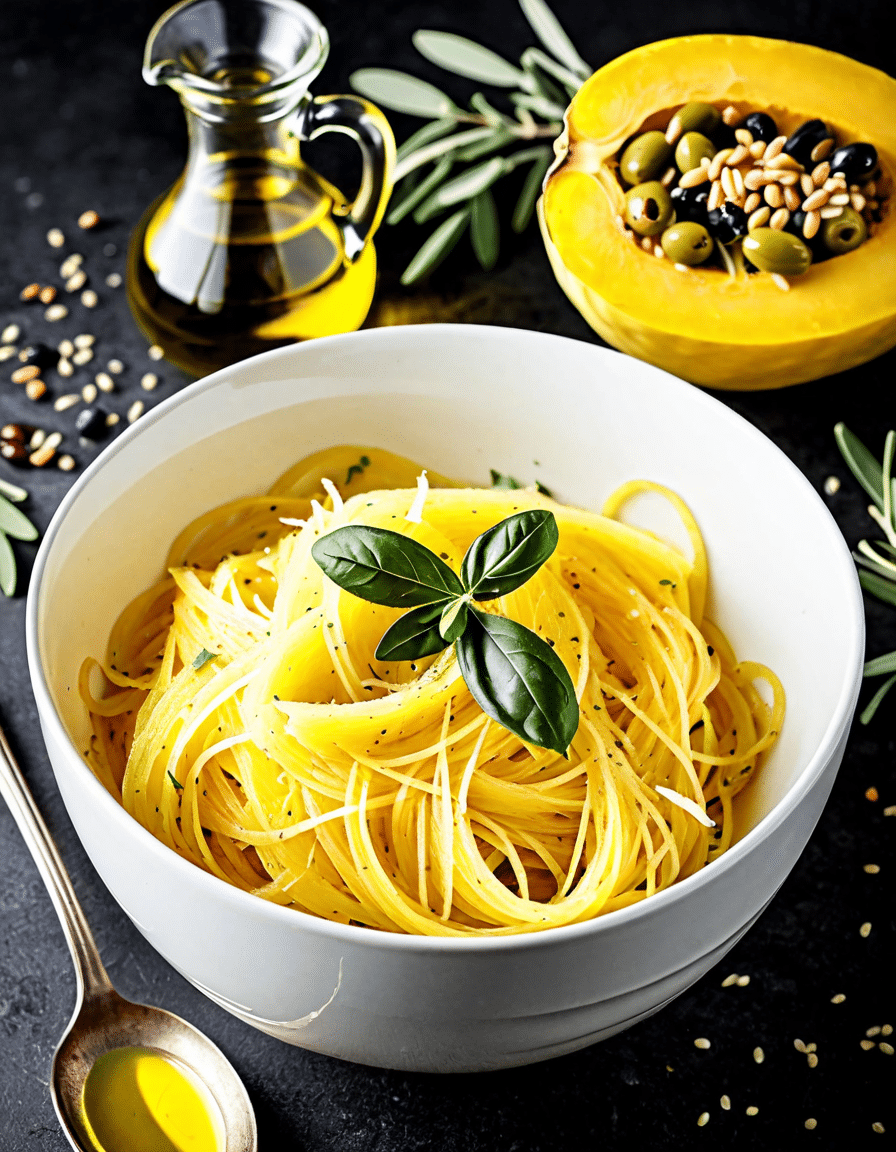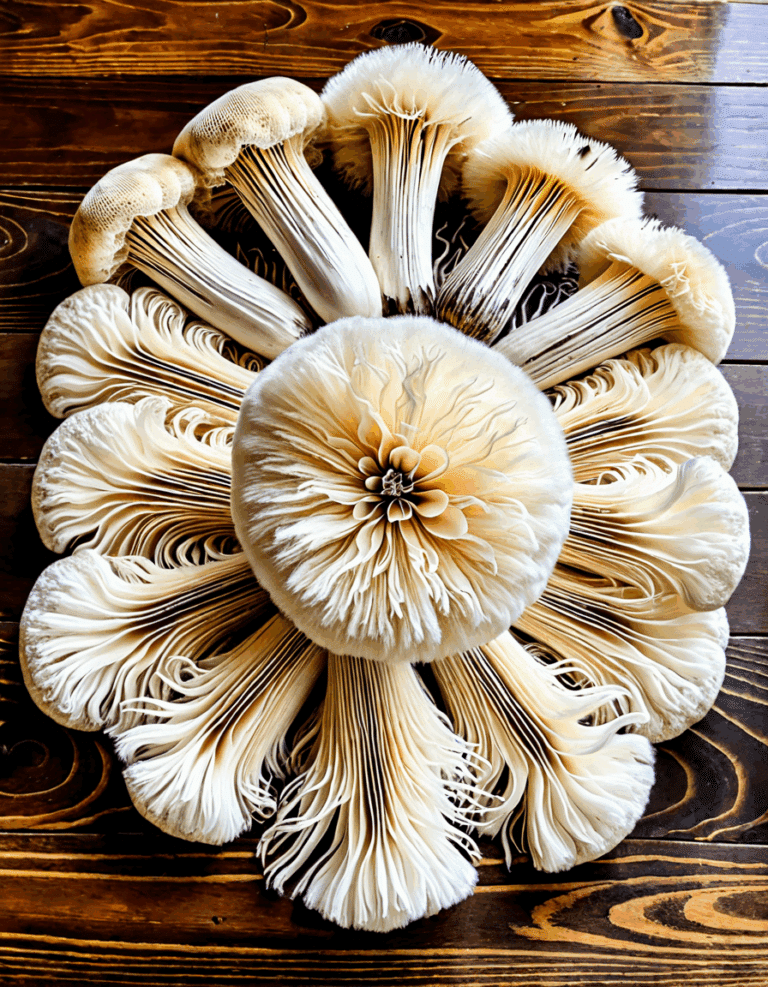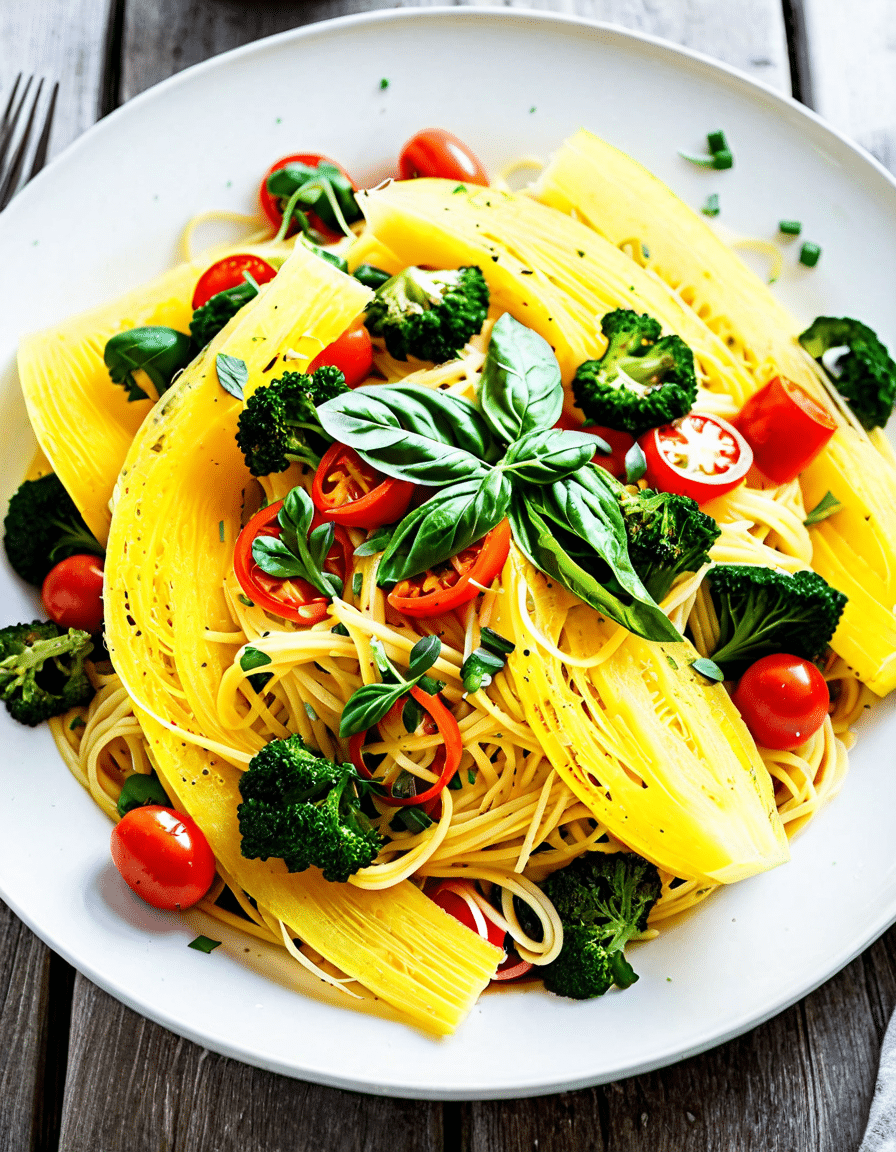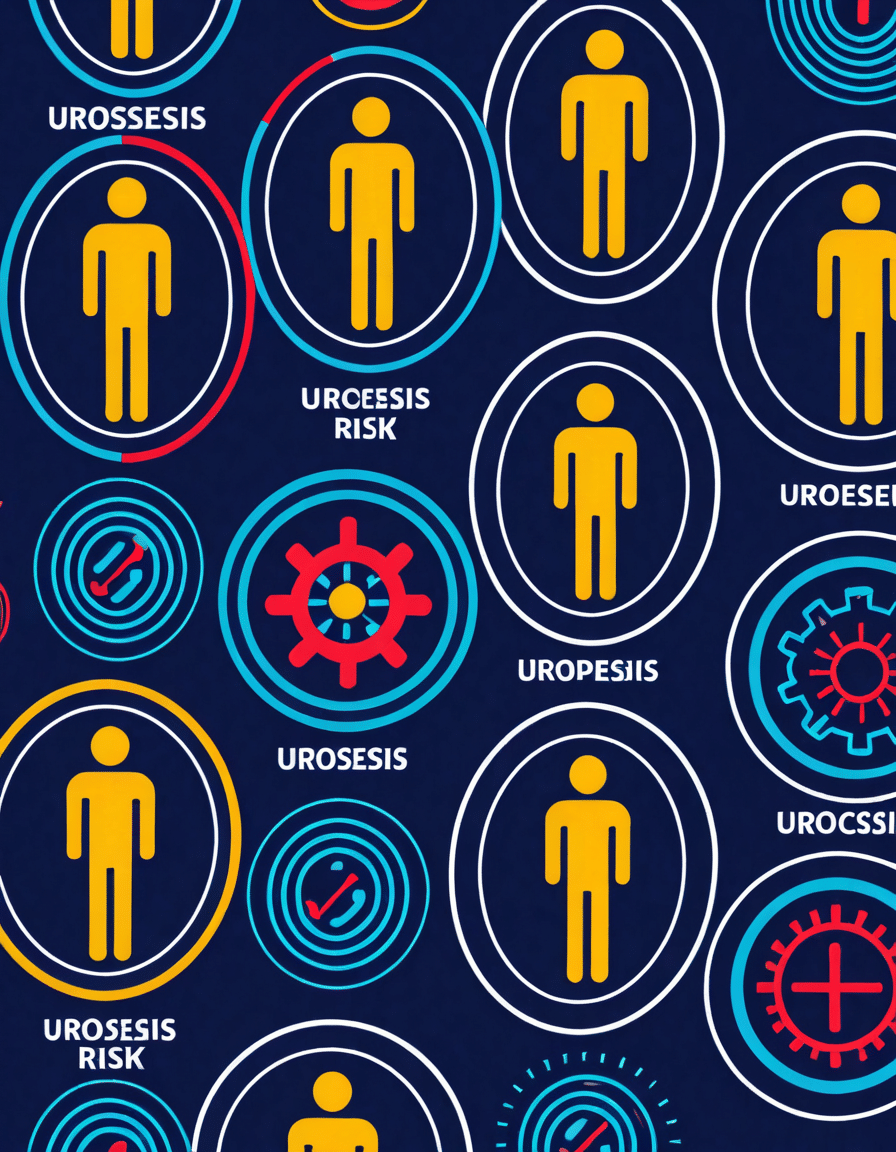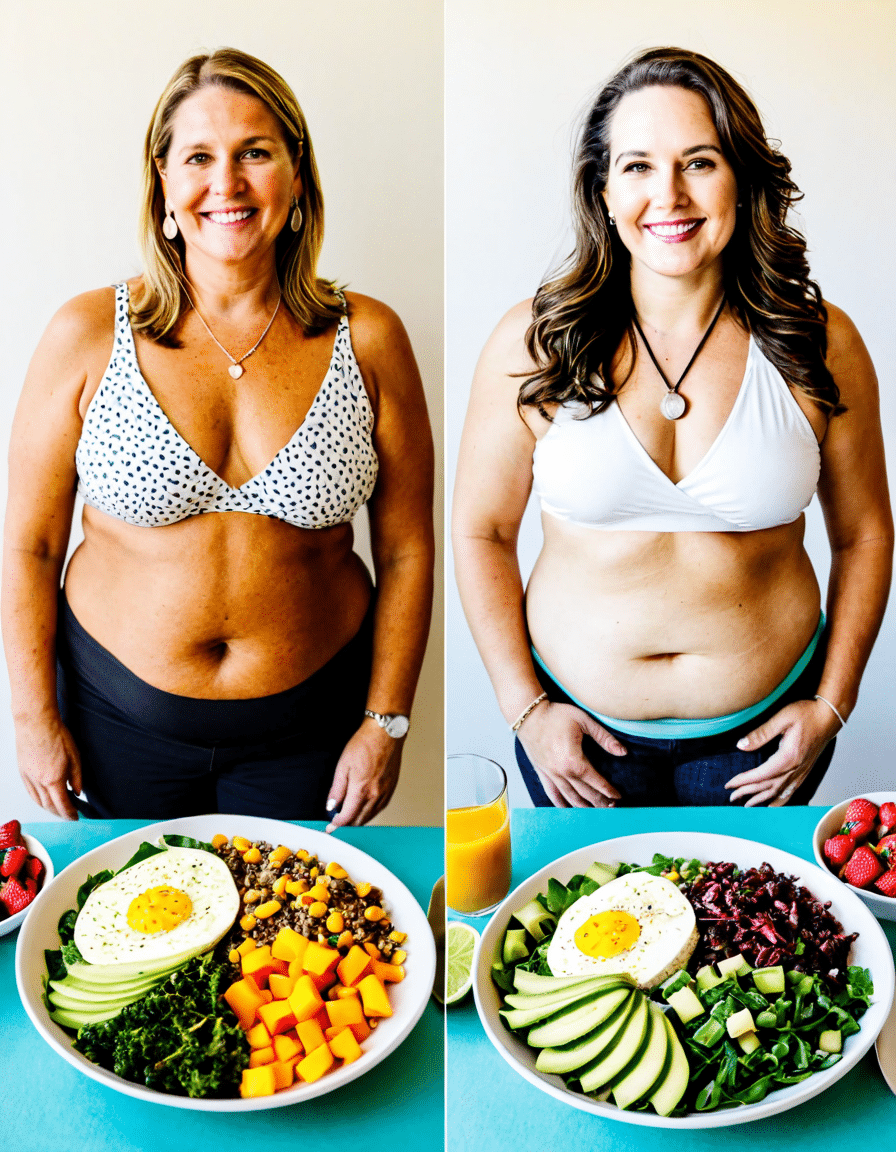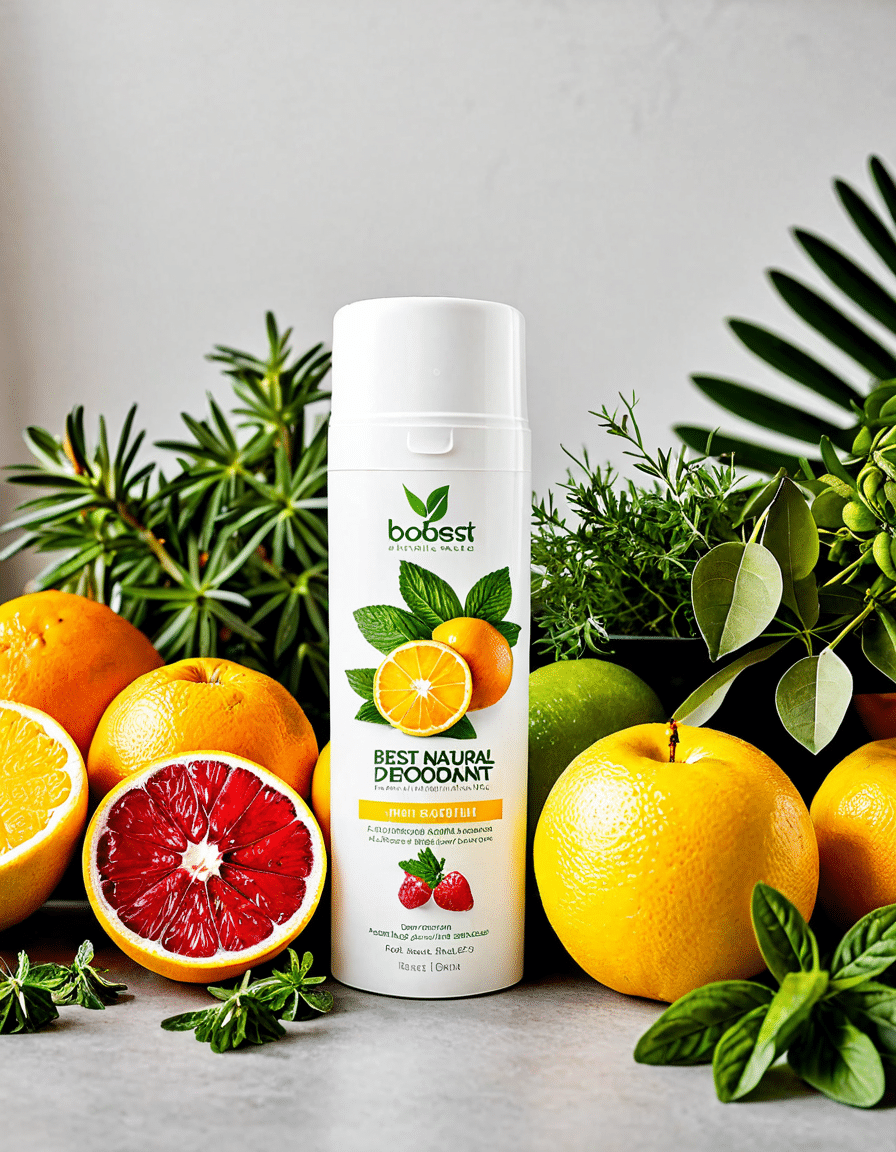When you think of superfoods, spaghetti squash might not be the first one that pops to mind, but trust me, it’s a powerhouse you don’t want to overlook. The spaghetti squash nutrition profile is nothing short of impressive, making it a fantastic alternative for folks looking to get shredded and stay healthy. We’re diving into what makes spaghetti squash a choice ingredient and how it can transform your meals while keeping your caloric intake in check.
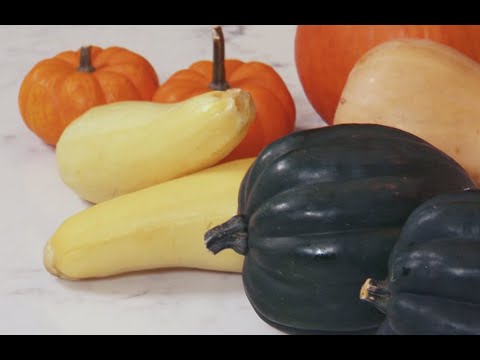
Unpacking Spaghetti Squash Nutrition: A Healthy Alternative
Spaghetti squash has carved out a reputation as a low-carb, nutrient-dense option in kitchens today. One medium spaghetti squash houses about 42 calories, 10 grams of carbohydrates, and only 2 grams of protein, making it perfect for keto or low-carb fans. But don’t get it twisted; it also packs essential vitamins like A and C that can turbo-charge your immune system and enhance your skin health. Plus, it’s got around 2 grams of fiber per serving, which doesn’t just keep your digestive system humming along but also helps you stay full longer.
Don’t let the low calories fool you; spaghetti squash can effortlessly fit into a muscle-building diet while keeping you on track with your macros. Whether you’re slashing calories for a leaner physique or simply craving something wholesome, this squash does the heavy lifting in your meals. So, if you’re looking to swap out traditional pasta—and let’s face it, who isn’t—give spaghetti squash a shot.
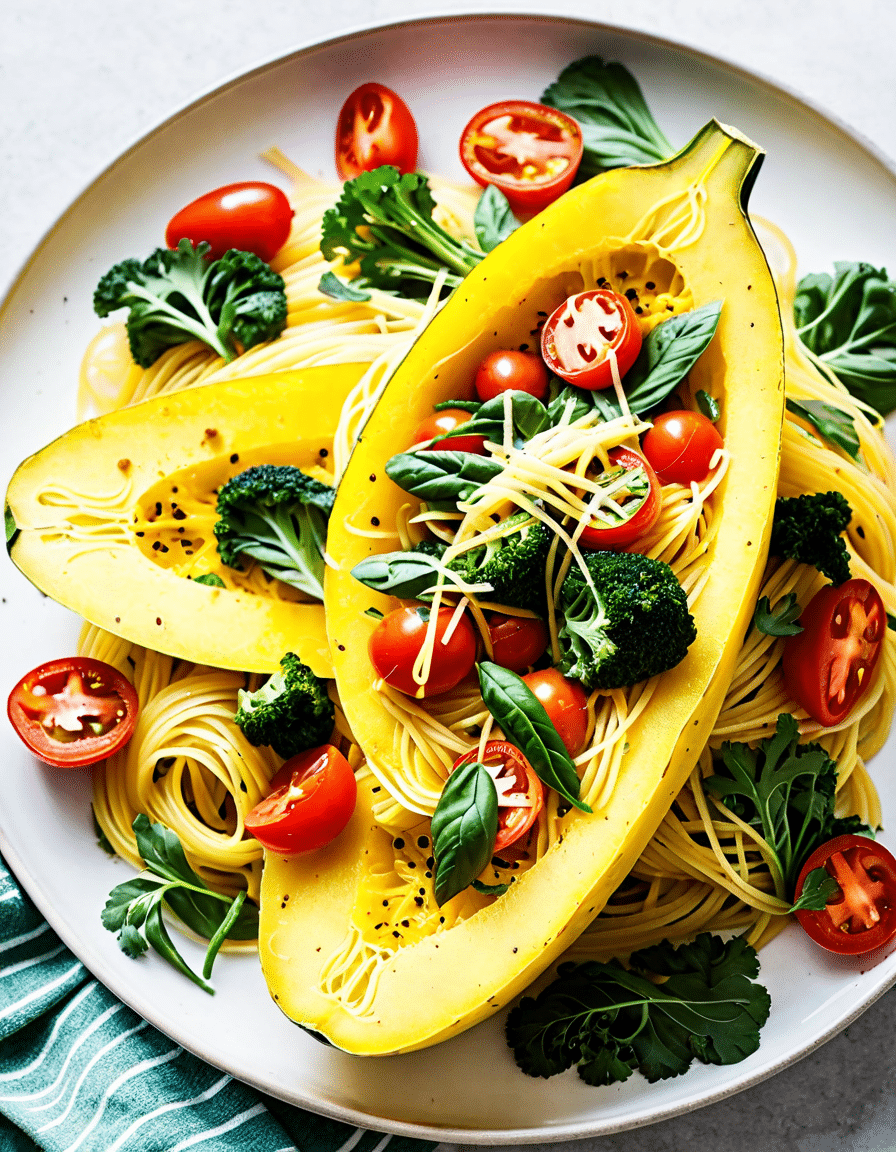
Top 7 Spaghetti Squash Nutrition Benefits You Can’t Ignore
1. Low in Calories but High in Nutrients
With just 42 calories per cup, spaghetti squash provides a guilt-free meal option! You can indulge in satisfying portions without packing on the pounds. It’s an easy way to keep your meals filling yet calorie-light.
2. Rich in Antioxidants
The vibrant yellow hue of spaghetti squash signals the presence of powerful antioxidants, especially carotenoids like beta-carotene. These guys help fend off oxidative stress, reducing the risk of chronic illness—something every fit warrior should cherish.
3. High Fiber Content
Spaghetti squash’s fiber can help keep your gut in check! Regular consumption aids digestion and promotes blood sugar management, benefiting those on diabetes-friendly diets.
4. Supports Weight Loss
Thanks to its low caloric density, you can whip up hearty servings that won’t ruin your clean-eating goals. You’ll feel fuller longer and maintain a six-pack-friendly figure.
5. Versatile in Cooking
Spaghetti squash’s adaptable nature lets it shine in various culinary styles. From roasting to boiling, it can serve as a base for innovative dishes. Try replacing fettuccine with spaghetti squash in a “Chicken Alfredo” for a protein-stuffed, nutritious twist!
6. Combines Well with Other Nutrient-Dense Foods
Pairing spaghetti squash with nutrient-packed foods enhances your meals—even more so with a collard greens recipe. Combine it with cottage cheese for a delightful bake, and you’ll elevate your nutrition game significantly.
7. Promotes Heart Health
Feeling heart-smart? Me too! Spaghetti squash goes hand-in-hand with omega-3-rich ingredients like collard greens. Fiber can help lower cholesterol, making this squash duo a hit for heart health.
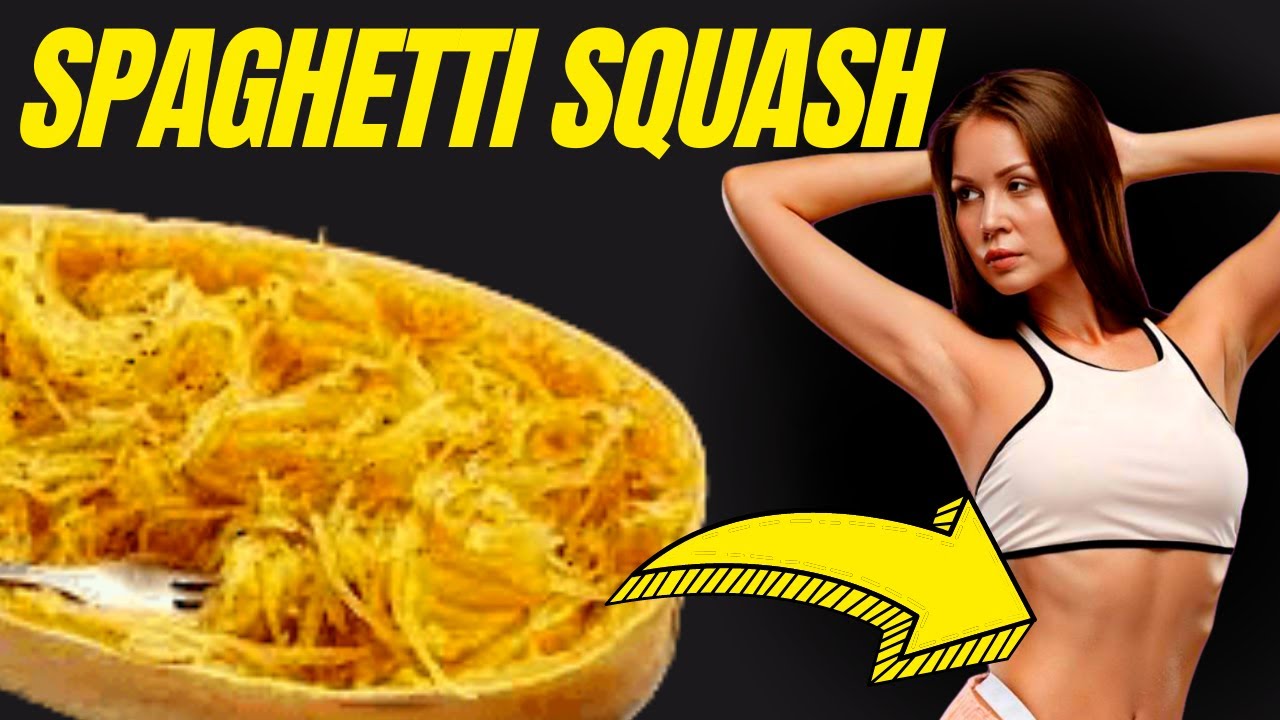
How to Incorporate Spaghetti Squash with Spinach Recipes
Spaghetti squash isn’t just about its inherent goodness; it creates beautiful partnerships with other healthy ingredients. Picture this: a Spinach and Spaghetti Squash Bake. Start by roasting your squash until golden, mix it with sautéed garlic, fresh spinach, and creamy cottage cheese, and finish off with mozzarella for that cheesy goodness. This recipe checks all the boxes: protein-rich, calcium-loaded, and low in calories.
Infusing your meals with spinach recipes will not only elevate the flavor profile but also amplify the nutritional content. Get ready to rock your plate with vibrant health benefits while fully embracing the art of cooking!
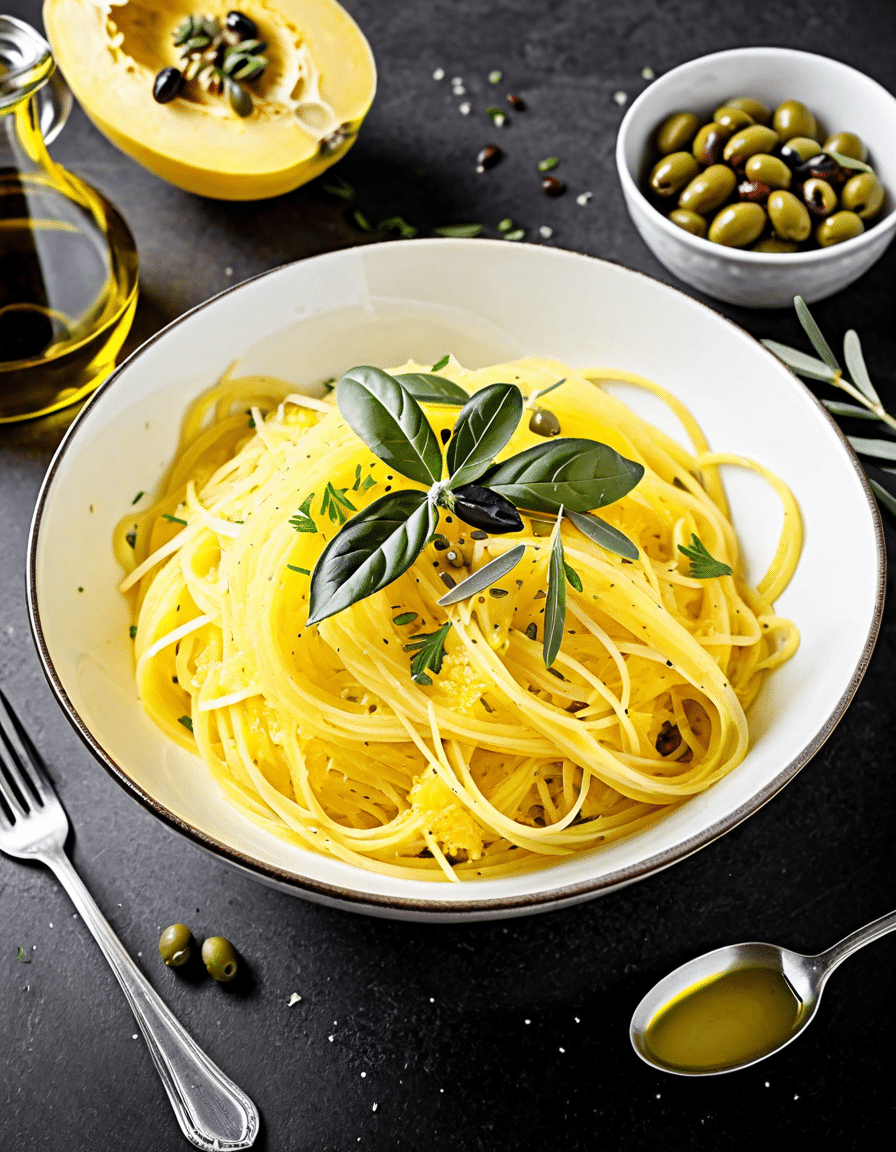
Combining Nutrient Profiles: Spaghetti Squash and Chicken Thigh Nutrition
When it comes to flavor meets nutrients, chicken thighs bring some serious muscle to the plate. Offering approximately 23 grams of protein per 100 grams, these juicy cuts are perfect for muscle repair and growth. Roasting chicken thighs and serving them over a fluffy bed of roasted spaghetti squash guarantees a balanced meal, rich in fiber and protein.
To amp it up, marinate your chicken in your go-to herbs and spices before grilling or roasting. You’ll get a table-ready dish that’s savory yet satisfies your cravings without busting your diet.
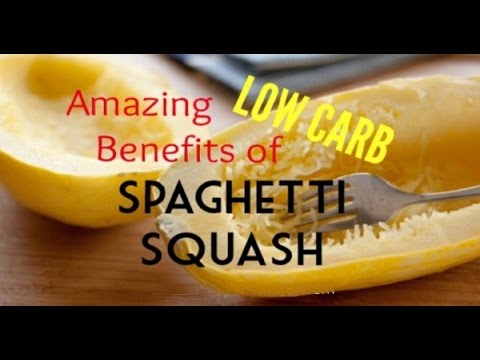
Exploring Cabbage Soup Recipes to Pair with Spaghetti Squash
Need another sidekick in your spaghetti squash adventure? Enter cabbage soup—it’s refreshing, low-calorie bliss! One cup of this broth-based delight packs roughly 50 calories, making it a perfect light starter. Pair it with your spaghetti squash for a robust meal that fills you up without any remorse.
And hey, spice it up! Adding turmeric can provide anti-inflammatory benefits, giving your meal that extra kick while keeping it vibrant and nutritious. Plus, a cabbage soup recipe is an easy way to throw in those antioxidants.
For an added touch, include sautéed collard greens on the side, ensuring your plate is balanced, flavorful, and full of health benefits.
Embracing a Balanced Lifestyle with Spaghetti Squash
Using spaghetti squash in your meals not only enhances your culinary creativity but also supports a healthier lifestyle. Its versatility lets you explore various dishes while keeping your nutrition tight. Dive into this hearty squash and experiment with diverse ingredients like chicken thighs, spinach, and yes, those delightful cabbage soup recipes.
In the end, it’s clear that spaghetti squash is here to elevate your nutrition game and help you stay on track for the ripped physique you crave. So, get inspired, experiment in the kitchen, and forge a path to that six-pack! Your body—and taste buds—will thank you.
Spaghetti Squash Nutrition: Fun Facts and Trivia
Nutritional Punch in a Unique Package
Did you know that spaghetti squash, with its striking yellow skin, isn’t just a culinary marvel but also a nutritional powerhouse? This vibrant veggie boasts only about 42 calories per cup, making it an excellent alternative to traditional pasta. In contrast, a similar serving of white rice clocks in at roughly 205 calories – that’s quite a difference! By choosing spaghetti squash, you’re cutting down on calories while still enjoying a satisfying meal. Who would’ve thought that healthy eating could be so deliciously fun? Speaking of fun, if you’re into delicious meal hacks, you might want to check out what those Taco Bell Calories add up to; you’ll be surprised!
Fiber and Nutrients Galore
When diving into spaghetti squash nutrition, fiber is a key player. Packed with about 2 grams of fiber per cup, it helps keep your digestive system happy. But that’s not all—this squash also offers vitamins A, C, and B6, potassium, and magnesium. Not to mention, it plays well with others, supplementing your meals and allowing a whole world of flavors. If you’re curious about how this stacks up against other common dishes, you might want to look into conversions like 120 ml To Oz to see how much you’re really putting on your plate. Those little details can add up, right?
Low-Calorie Comfort Food
Another delightful tidbit about spaghetti squash nutrition is its versatility. It can easily take center stage in various dishes. From tangled spaghetti to stuffing it like a taco, the possibilities are endless. And while we’re on the subject of tacos, ever thought of how many calories in your favorite Taco Bell order? You’ll find that moderation can be key. Utilize healthy alternatives like spaghetti squash to save calories while still treating yourself. Plus, as it features such a lovely texture, it almost feels indulgent. You might want to explore fun snack ideas, too, like taking your favorite dessert and swapping ingredients based on what’s healthy, just like how some might look for those tantalizing Instagram Nudes to inspire a night out!
As you can see, spaghetti squash isn’t just another veggie on the block. It’s a nutritious option that packs a punch while letting your creative cooking juices flow. Next time you reach for pasta, think of this delightful alternative that blends low calories with a host of nutrients. Who could ask for more? It might just inspire you to dive into cooking adventures that you never thought possible!
